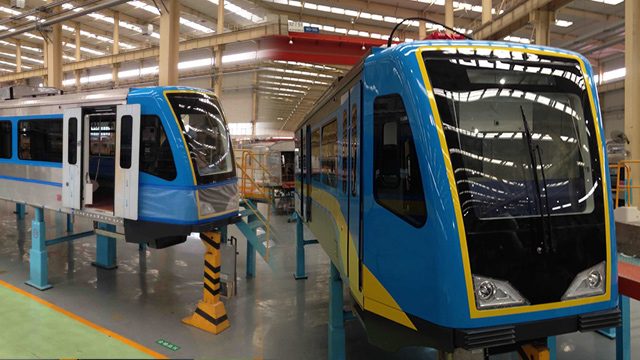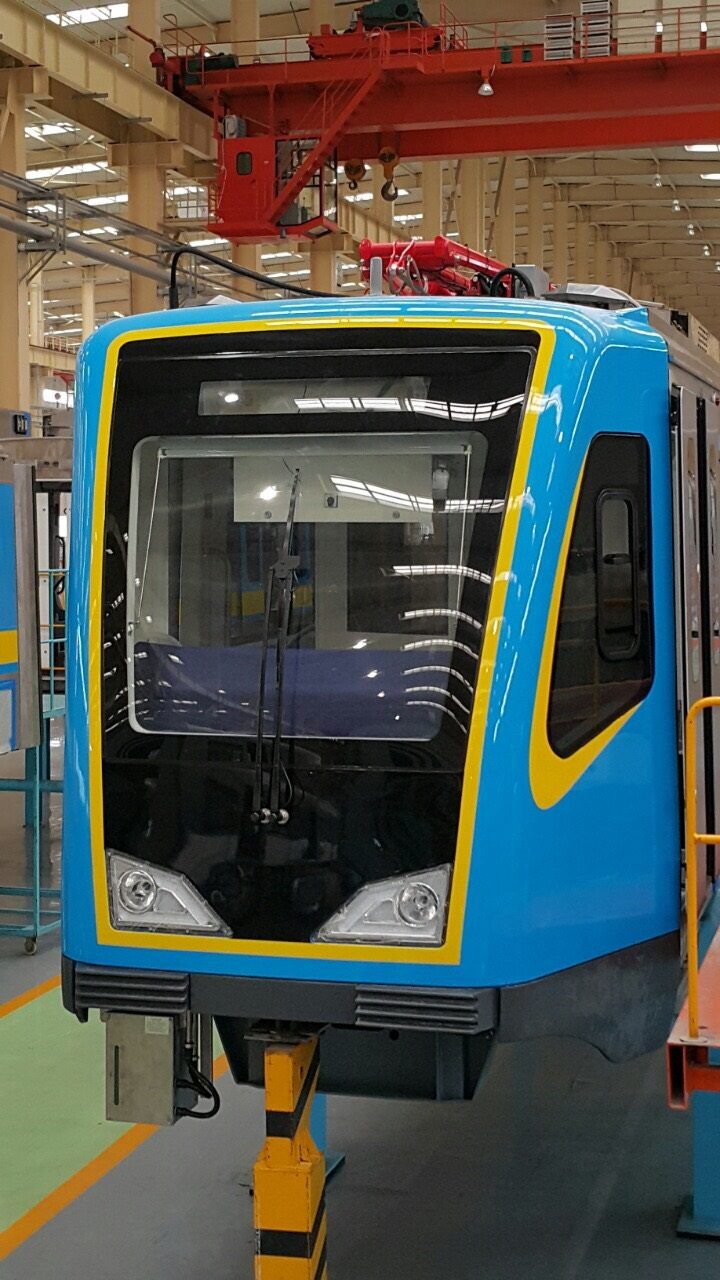SUMMARY
This is AI generated summarization, which may have errors. For context, always refer to the full article.

MANILA, Philippines – President Benigno Aquino III put the blame for the problems of the ailing Metro Rail Transit (MRT3) on the private company tasked to maintain one of Metro Manila’s busiest mass railway transit lines.
In his final State of the Nation Address (SONA) on Monday, July 27, Aquino said Metro Rail Transit Corporation (MRTC) was liable for neglecting the upkeep of the train line. He said the maintenance provider seemed to want to make sure that the trains – which now carry over 600,000 passengers daily – would break down.
He said the MRT was due for a general overhaul in 2008, but, “Halos pagpintura lang ang ginawa.” (It seems that only a paint job was done.)
The contract between the government and the MRTC – and a series of temporary restraining orders and arbitration – was one of the reasons behind the lack of upgrades for the train line, the President said.
On February 28, 2013, Aquino issued Executive Order 126, authorizing the implementation of the MRT3 buyout.
The executive order is “to avert the arbitration case filed in 2009 by the MRT3 owner against the government due to, among others, failure to timely pay equity rental payment.”

Inherited problems
In his speech, Aquino said that his administration only inherited the problems of the MRT. He echoed his statement from September 2014 where he blamed his predecessor, Gloria Macapagal Arroyo, for failing to act on the problems of the mass railway transit line.
While Aquino was critical of the MRTC, he did not take to task Transportation Secretary Joseph Emilio Abaya over the MRT’s frequent technical glitches and service interruptions.
“Secretary Jun Abaya, ikaw, ako, at ang buong Kamaynilaan ay ‘di natutuwa. Ang trabaho ng pribado ay ipinasa sa atin,” he said. (Secretary Jun Abaya, you, me, and the entire Metro Manila are not happy about this. The job of the private sector was passed on to us.)
The MRT3 has suffered from near-daily technical glitches and service disruptions, long queues, and few trains running at peak hours.
Meanwhile, the government’s plan to buy out MRT3 for P53.9 billion ($1.18 billion) under the 2015 national budget is being stalled. This was after the bicameral committee last year rejected the MRT3 budget, retaining only P18.3 billion ($401.89 million).
Of the retained budget, only P4.4 billion ($96.63 million) will be allocated for the buyout, P7.4 billion ($162.51 million) for the rehabilitation and reconstruction of the MRT3, and P6.5 billion ($142.75 million) for the payment of taxes of MRT3 in connection with its build-lease-transfer contract. (READ: Abad: GOCC dividends, Treasury gains to fund MRT3 buyout)
Aquino said that the government is working on long-term solutions, such as upgrading the MRT3’s signalling system and automated fare collection system, and repairing broken rails.
The DOTC also expects the delivery of 48 new train cars by January 2016. (READ: New MRT3 prototype train car to arrive in August)
Since the start of 2015, MRT3 has been glitch-ridden, based on data presented to the House transportation committee in June. – with reports from Chrisee De La Paz/Rappler.com
$1 = P45.53
Add a comment
How does this make you feel?
There are no comments yet. Add your comment to start the conversation.